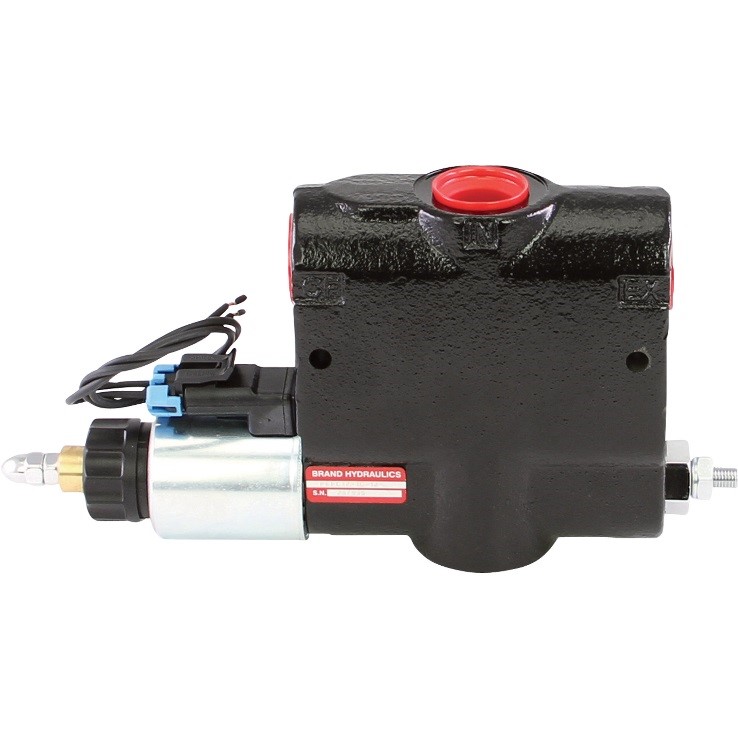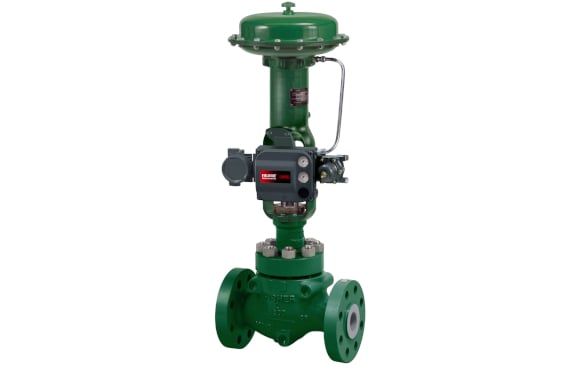Enhancing Operational Efficiency with Advanced Control Valves
Enhancing Operational Efficiency with Advanced Control Valves
Blog Article
Achieve Seamless Combination and Control With High Quality Building Automation Controls
In the realm of modern-day building management, the importance of quality building automation controls can not be overemphasized. Welcoming quality building automation controls is not simply an issue of benefit but a strategic imperative for organizations aiming to optimize their facilities' performance and sustainability.

Evolution of Building Automation Controls
Throughout the previous few decades, the evolution of building automation controls has considerably changed the method structures are managed and run. Originally, constructing automation systems largely focused on standard features such as controlling air flow, home heating, and air conditioning (HEATING AND COOLING) systems. As innovation progressed, these controls have actually come to be a lot more sophisticated, allowing for a broader array of building systems to be integrated and taken care of centrally.
The development of constructing automation controls has seen a shift towards more intelligent systems that can adjust to transforming conditions in real-time. This versatility is important for maximizing power efficiency and making certain resident comfort. Furthermore, modern-day structure automation controls currently offer functions such as predictive maintenance, remote monitoring, and data analytics, allowing center supervisors to make data-driven choices to boost structure efficiency.

Advantages of High Quality Assimilation
The advancement in structure automation regulates in the direction of more smart systems has emphasized the substantial benefits of top quality integration in optimizing building operations and enhancing total efficiency. Quality combination of constructing automation controls offers a number of key benefits. It leads to improved energy performance by allowing different systems to work with each other seamlessly, ensuring ideal performance and decreasing power wastage. Quality integration enhances passenger comfort and productivity by enabling personalized control over ecological settings like illumination, air, and temperature high quality. This customization can result in a more conducive and comfortable working or living atmosphere. Furthermore, top quality combination simplifies upkeep and repairing procedures, as all systems are interconnected and can be monitored and managed from a central interface. This central control also provides much better presence and insights right into structure efficiency, making it possible for positive maintenance and optimization strategies. In general, the advantages of quality assimilation in building automation controls are obvious, offering raised effectiveness, convenience, and operational efficiency.
Boosted Customer Experience and Ease Of Access
Enhancing individual interaction with structure automation regulates through instinctive style and enhanced availability boosts the general experience for owners and center managers alike. By concentrating on user experience, developing automation systems can come to be much more user-friendly and effective. Instinctive user interfaces, clear navigating, and customizable settings equip customers to interact with the controls quickly and successfully.
Availability features play a critical duty in guaranteeing that all individuals, including those with handicaps, can make use of the structure automation controls effortlessly. Integrating functions such as voice commands, responsive switches, and color-contrasted display screens can enhance access and make the controls much more comprehensive.
Moreover, boosted user experience leads to higher user fulfillment, raised productivity, and better decision-making. Passengers can adjust ecological settings according to their choices, while facility supervisors can successfully take care of and keep an eye on structure systems - try this site control valves. Generally, prioritizing customer experience and access in building automation regulates adds to a more effective and smooth building setting for all stakeholders involved
Lasting Practices Via Automation

Additionally, automation can assist in the assimilation of eco-friendly power sources such as solar panels or wind turbines into building operations. Through automation, buildings can straighten with modern-day sustainability objectives and add to a greener future.
Future Trends in Building Control Equipment
One prominent trend shaping the future of building control systems is the raised integration of Artificial Knowledge (AI) and maker knowing. Additionally, the Net of Things (IoT) is reinventing structure control systems by connecting sensing units and tools to improve and enhance procedures effectiveness.
Another key fad is the emphasis on cybersecurity measures to shield versus possible risks to building automation systems. As buildings end up More hints being extra interconnected, making certain robust cybersecurity procedures will be important to protect delicate data and stop unapproved accessibility.
Moreover, the change towards cloud-based platforms is acquiring energy, enabling systematized control and remote accessibility to building systems. This facilitates less complicated surveillance, maintenance, and updates, boosting the total efficiency and adaptability of structure control systems. As technology remains to breakthrough, these patterns are anticipated to form the future landscape of building automation controls, driving technology and sustainability in the developed atmosphere.
Verdict
To conclude, developing automation controls have developed significantly, providing various advantages such as boosted customer experience, availability, and sustainable methods. Quality integration plays a vital function in accomplishing smooth control and efficient operation of building systems. Future fads in structure control systems are most likely to concentrate on more boosting automation abilities for enhanced energy performance and total efficiency. It is necessary for building useful link owners and drivers to prioritize the fostering of quality structure automation controls to maximize building procedures and accomplish lasting sustainability goals.
In the realm of modern building monitoring, the relevance of high quality structure automation controls can not be overemphasized. Overall, the advancement of building automation manages continues to drive innovation in the structure monitoring industry, using brand-new possibilities for producing smarter and much more lasting buildings.
The advancement in structure automation regulates towards more intelligent systems has underscored the considerable advantages of high quality assimilation in enhancing building operations and boosting total effectiveness. On the whole, focusing on customer experience and ease of access in structure automation regulates adds to an extra effective and seamless structure atmosphere for all stakeholders entailed.
It is vital for structure owners and drivers to focus on the adoption of high quality building automation manages to maximize building operations and attain long-term sustainability objectives. - control valves
Report this page